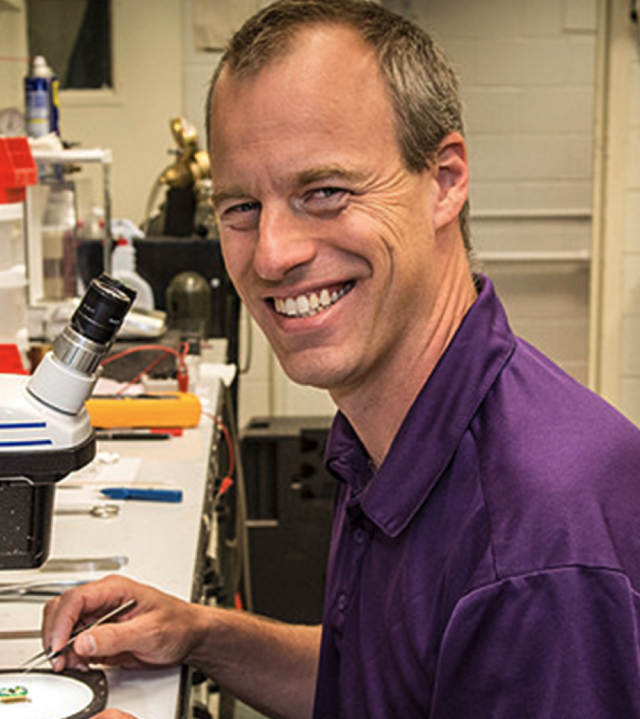Quantum Foundry Seminar: Filip Ronning

"Developing Materials-Specific Tractable Hamiltonians for f-electron Systems"
Abstract:
f-electron based materials display a wide variety of exotic phenomena demonstrating many-body quantum entanglement including heavy fermion formation, quantum critical points, topological Hall effects, quantum spin liquids, volume collapse transitions, topological (Kondo) insulators, and unconventional superconductivity, to name a few. The challenge in understanding these prototypical materials is that they possess strong electronic correlations, large bandwidths, and strong spin-orbit coupling, which lead to emergent physics with small energy scales. In this talk I will demonstrate how a first-principles informed multi-orbital (~25 band) periodic Anderson Model can accurately determine the magnetic exchange interactions with three orders of magnitude smaller energy scales. We validate the computed exchange interactions against state-of-the-art inelastic neutron scattering measurements [1]. In doing so, we develop a procedure for deriving a tractable (3 band) Kondo-Heisenberg model, appropriate for the physics of heavy fermion materials, while still capturing materials specific properties. We perform this study on the prototypical Kondo lattice system CeIn3, which under pressure possesses a localized to itinerant Fermi surface transition, as well as unconventional superconductivity on the border of antiferromagnetism. We discuss insights discovered along the way concerning typical assumptions made about heavy fermion materials, and the future directions we believe this work enables. [1] W. Simeth, et al. arXiv:2208.02211
Bio:
Filip Ronning is the Director of the Institute of Materials Science at Los Alamos National Lab, and the co-design lead for topologically protected quantum information in the Quantum Science Center. He received a B.A. in Physics from Cornell University in 1996 and a Ph.D. from Stanford University in 2001 for angle resolved photoemission work on strongly correlated oxides. Following two years at the University of Toronto performing ultrasound and thermal conductivity measurements, he joined Los Alamos National Lab in 2003 as a Reines postdoctoral fellow. His scientific interests include (but are not limited to) topological matter, quantum spin systems, heavy-fermion physics, unconventional superconductivity, quantum criticality, low-dimensional physics, spin-orbit coupled systems, and new states of matter. A LANL distinguished mentor, in 2015 he was elected fellow of the American Physical Society, and he currently serves as a Divisional Associate Editor for PRL. In his free time he enjoys spending time with his family and playing any sport his body still permits